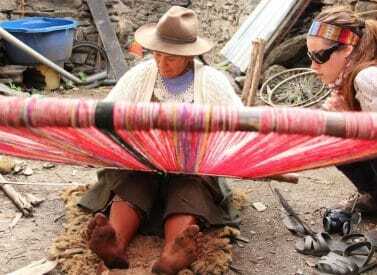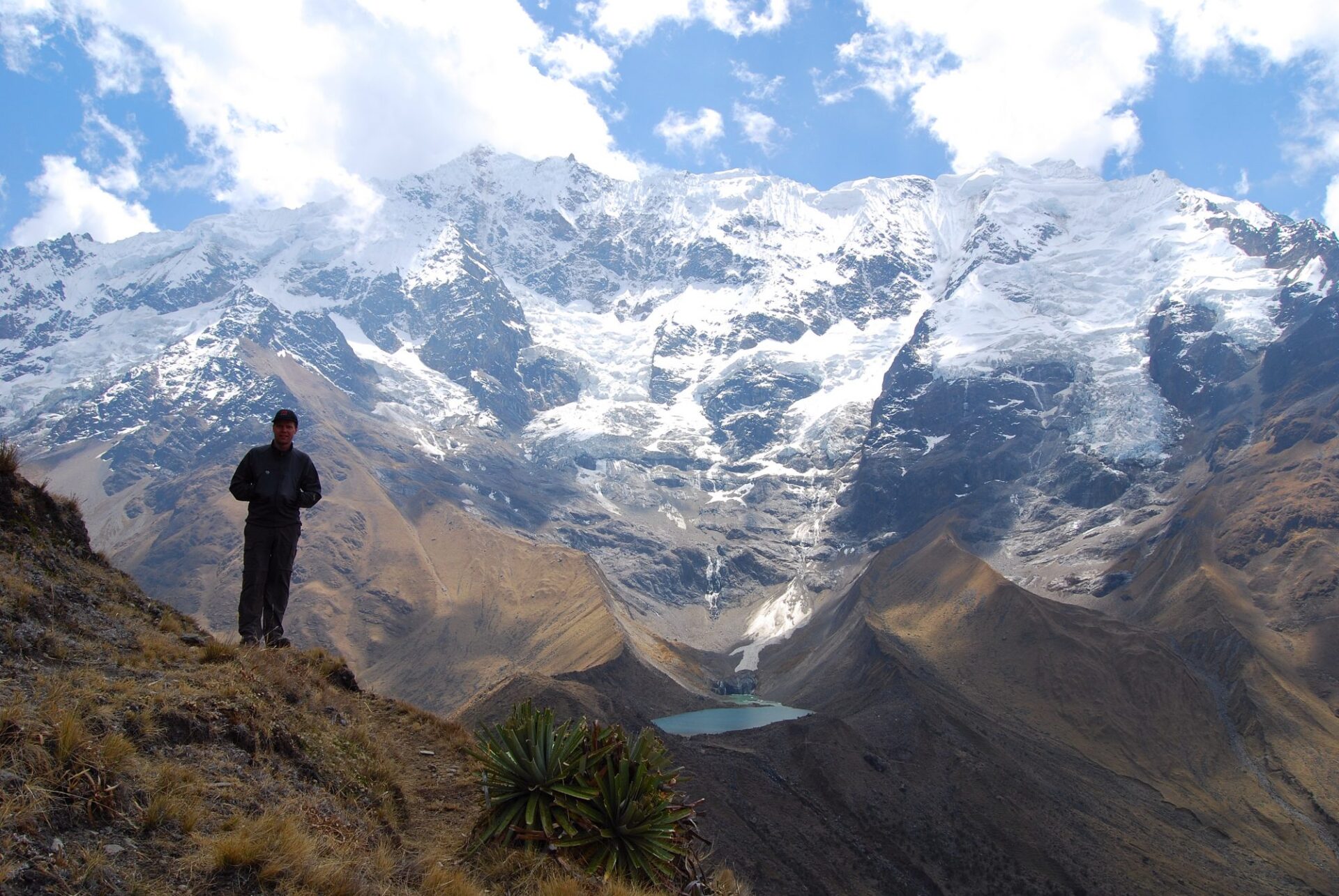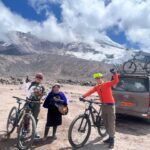
Lares Valley: Alternative Trek To Machu Picchu
The Lares Valley trek is a great Inca Trail alternative en route to Machu Picchu.
This Lares Valley trek is for those wanting to e the incredible beauty and rich culture of the Andes by taking the less-travelled route.
Authentic encounters with Quechua communities and spectacular scenery give these treks a wonderful blend of tradition and splendour.
Passing through the rich farming valleys of the Cordillera Urubamba, we traverse high mountain peaks and sub-tropical valleys, stopping along the way to enjoy scenic lakes, natural hot springs, and Inca remains.
More on Lares Valley trek
The remoteness of the area has allowed its people to preserve traditions of llama and alpaca herding, potato cultivation, and colourful weaving, much of which dates back to pre-Inca times.
This fascinating trek offer a first-hand look at the life of the Andean farmer and a journey into a region of outstanding natural beauty.
A one day extension to Machu Picchu is added to this trek so you can explore the magic of the Lost City of the Incas.
Read our blog about a Lares Valley trek to find out more.
Trip Highlights
Print Share Download as PDF-
Traverse high mountain peaks and sub-tropical valleys, with scenic lagoons, natural hot springs, and Inca remains.
-
Visit genuine Andean Highland communities, living a traditional lifestyle.
-
See (and buy!) high quality, hand-woven products directly from the villages where they are made.
-
Enjoy a relaxing soak in some lovely hot springs after trekking.
-
Full, guided tour of Machu Picchu ruins after the Lares trek.
-
Shorter and longer treks available through this beautiful mountain region.
The trek was an absolute success! We reached new heights - both physically and personally - and had an amazing time.
We have both done a fair amount of recommending Andean Trails, and the Lares Trek because of it. The trek was truly a one of a kind experience that not only will we excitedly discuss, but also rank as one of the best travel experiences we've had thus far.
J. Dixon, Lares Valley trek
Full Itinerary
Day 1: Transfer to Huaran, trek to Cancha Cancha, camp (L,D)
We depart Cusco at 7:00 am in a private vehicle, travelling for approximately two hours to Huarán (2,900m/9,514ft), the starting point of our trek.
Our hike begins in a fertile valley and follows a small river, winding upwards through the mountain valleys. After trekking for about 4 ½ hours, the majestic glacial Andean peaks of Cancha Cancha Casa (4,984m/16,352ft) and Chicon (5,300m/17,388ft) come into view.
We know we have arrived at our campsite when we spot the stone houses with thatched roofs in the village of Cancha Cancha (3,900m/12,795ft). After setting up camp, you have the opportunity to wander through the hamlet, meet the local villagers, and learn about their way of life.
Distance: 9km / 5.4 miles
Day 2: Cancha Cancha to Quisuarani, camp (B,L,D)
This morning, we continue hiking up the valley, passing two stunning glacial lakes, Suirococha and Yuraccocha. Keep an eye out for local birdlife such as the Andean ibis and Andean goose.
The trail becomes steeper as we climb towards the Pachacutec Pass (4,700m/15,420ft). Nearing the summit, we are rewarded with panoramic views, weather permitting, of the snow-covered peaks of Pitusiray (5,750m/18,865ft) and Chicon (5,530m/18,143ft).
We are now walking on an original Inca trail, a stone pathway that follows the ridge before descending into the next valley. As we descend, we pass a beautiful series of cascading waterfalls before arriving at the village of Quisuarani, where we will set up our second campsite.
Approximate walking time: 8 hours
Distance: 13.5km / 8 miles
Day 3: Quisuarani to Cuncani, on to Lares, camp (B,L,D)
After a filling breakfast, we set off, climbing through the high puna to the Huillquicasa Pass (4,400m/14,435ft). From here, we are treated to wonderful views of the sprawling Vilcanota range, with patchwork farmlands and glacial lagoons stretching out below.
We descend via a zigzagging path to verdant pastures where llamas, alpacas, and sheep graze. We may also see Andean water birds at the lakes and spot viscachas, rabbit-like animals, darting among the boulders left by ancient glaciers.
The trail then takes us to the picturesque village of Cuncani (3,700m/15,420ft), where we stop for lunch. In the afternoon, we follow the river down the valley for approximately three hours, reaching the village of Lares. As we descend, the vegetation becomes lusher, transitioning into a more subtropical climate.
We pass small farms, adobe houses, and the village of Trapiche before arriving at the thermal springs in Lares (3,100m/10,171ft). Here, there’s an opportunity to relax and ease any aches in the warm, thermal pools.
Approximate walking time: 6 hours
Distance: 17km / 9.5 miles
Day 4: Lares to Yanahuara farm, Aguas Calientes, hotel (B,L)
From Lares, our private transport will take us to Yanahuara, a picturesque farming community in the Sacred Valley. At Yanahuara, we’ll visit the Baca family, who have been farming here for four generations, cultivating crops such as corn, vegetables, and strawberries.
Señor Baca will guide us around the farm, where we have the opportunity to harvest fresh produce that will later be prepared for our lunch. We’ll also help cut alfalfa to feed the guinea pigs, a staple of Peruvian households and gardens. In the Andes, guinea pigs hold cultural significance and are often served during festive occasions.
As lunch is being prepared by the chef, Señora Baca will introduce us to chicha, a traditional Andean corn beer. She’ll explain its role in Inca ceremonies and rituals, as well as the brewing process that has been passed down through generations.
We then continue to Ollantaytambo, where we catch a train for the final stretch to Aguas Calientes. Here, we spend the night in a comfortable hotel.
Day 5: Guided tour Machu Picchu, afternoon return to Cusco (B)
After a restful night in Aguas Calientes, we can take one of the earliest buses up to Machu Picchu, arriving around 6:00 am. A fascinating two-hour guided tour of the ruins will provide you with a deeper understanding of this iconic site, after which you’ll have free time to explore independently.
In the late afternoon, you’ll board a train back to Ollantaytambo, where a bus will be waiting to take you on to Cusco.
IMPORTANT – Machu Picchu and Huayna Picchu mountain permits.
If you wish to climb Huayna Picchu or Machu Picchu mountain, permits have to be pre/booked and come at an additional cost. Please ask us for more information.
Prices From $1,425 / £1,159 per person
What's Included?
Large dome tents , camping mat, dining and kitchen tent tent, basic toilet facilities, English speaking guide, cook, pack horses (to carry 10kg of luggage per person), meals as listed, first-aid kit, entry and guided tour of Machu Picchu, bus to and from site, train bus ticket back to Ollantaytambo/Cusco.
What's Not Included?
Breakfast on the first day, tips, sleeping bag, items of a personal nature, meals not listed, flights, alcoholic or soft drinks
Accommodation
Camping with dining tent and toilet tent, plus one night hostel (2*) in Aguas Calientes.
Tour Staff
All guides are certified, bilingual, English-speaking guides who have worked with us for many years.
Cooks, mule drivers and additional staff are all from the local, Lares communities and we have worked with them for a long time.
Meals
Vegetarians and many other dietary requirements are catered for without problems. Please let us know in advance of any requirements you have.
You wake early, usually around 07.00. Breakfast is served in a dining tent, and consists of hot drinks, porridge, toast, jams and bread, and your guide will explain the day’s trekking plans.
Lunch is usually around 13.00 and can feature soups, meats, salads and fish, with vegetarian options and hot drinks too.
The campsites are comfortable and around 17.00 hot drinks, popcorn and other snacks are served to help you recover energy.
Dinner is served around 19.30, and will feature pasta, mashed potatoes, meat, fish or vegetarian options, followed by hot drinks and a pudding.
Activity Level
We have classified this as a moderate trek, and you need to be in good physical shape for it.
You hike 4-7 hours a day on 3 consecutive days, over rugged mountain trails at elevation.
There is a high altitude pass to cross at 4,700m/15,420ft before dropping into lower elevations en route to Machu Picchu.
Pre-trip preparation should include challenging cardiovascular exercise (including regular hikes on varied terrain) and a healthy, balanced diet.
Well-worn hiking boots and additional acclimatisation nights in Cusco (3-4) before the trek are both highly recommended.
All guests are encouraged to hike at their own pace, taking breaks whenever needed, to ensure a successful and enjoyable trek for all.
Most people go to bed fairly early after a long day trekking, to recover energy for the morning.
Practical Information
Introduction to Peru
Peru is the perfect holiday destination for adventure travellers that want an amazing variety of activity, geography and cultural travel experiences.
The breadth of travel experiences in Peru is breathtaking – from trekking in the Andes to Machu Picchu to the tropical jungle of the Amazon, and plenty in between.
The people of Peru make it a special destination too, with its colourful and traditional street life and friendly locals.
Weather in Peru
You can also read about the weather of Peru in our blog.
Peru is located in the southern tropics (latitudes 0º to 18º), but climate varies significantly according to season, altitude and region.
Lima & the coast
From May to October, Lima is often overcast, but with minimal precipitation. There are sunny spells, and it’s a fresh to pleasant 13-20ºC.
At the same time, inland areas and the north coast mid to high 20’s ºC.
November to April is generally warm and sunny and Lima enjoys warm temperature of 19-25ºC, with the coast averaging 22-30ºC.
The Andes
Climate depends largely on altitude. As a rule of thumb, below 2,000m climate is mild and above 2,000m warm clothing is required for evenings, nights and early mornings.
The Andean sun is very strong.
May to Oct (dry season in The Andes)
Cusco (3,300m): Average max/min temps: 22ºC /2ºC. Average 3 or 4 wet days per month.
Arequipa (2,380m): Average max/min temps: 26ºC /9ºC. Sunny more than 340 days/year with minimal precipitation.
On highland treks: Conditions are generally dry. However, at this time of year, expect a range of conditions within a single day: cold/freezing nights at camps above 4,000m, where pre-dawn temperatures can be -5ºC; warm, spring-like mornings and afternoons; and cold evenings.
Note that mountain weather can be fickle and localised, and that precipitation is not unknown in the dry season. Expect temperatures to swing between sun and shade, sheltered and exposed ground and with altitude gain and loss. A quick-setting sun means temperatures drop fast.
In the cloud forest, e.g. around Machu Picchu, daytime conditions are generally warm or hot, and evenings cool.
Nov to March/April (wet season in The Andes)
Cusco: Average max/min temps: 23ºC /6ºC. Average 13 wet days per month.
Arequipa: Average max/min temps: 25ºC /14ºC.
On highland treks: Wetter conditions, with cooler days and milder nights than dry season. Jan-Mar usually the wettest months.
The Amazon rainforest
Year-round, weather conditions are hot and humid and there is always the risk of rain
There is a ‘dry season’ in Tambopata and Manu between May and October. The average daytime high temperature is between 25°C and 34°C and the average nighttime low is between 16°C and 22°C. Heavy downpours typically occur every few days.
Around 80% of annual average rainfall – approx 2,000 mm in Manu and Tambopata and 1,400 mm in Iquitos – occurs in the wet season Nov-April.
On rare occasions, between May and September, cold fronts from Argentina – ‘friajes’ – can sweep into southwest Amazonia and push temperatures down to 9° C. (Friajes usually last between 1 and 3 days).
Kit list
Good kit is vital for every trip.
Book with Andean Trails and get 15% off Páramo’s fantastic ethical and high performance outdoor gear.
Overview
When planning for the varied climatic conditions you will encounter across Peru, layering is the most practical and versatile clothing system.
The sun is very strong throughout the country, so good sun cream, a hat and sunglasses are vital.
It can also get very cold at night time especially in the mountains. Jumpers, fleeces and warms hats – which you can buy there – are also essential.
Give plenty of thought to kit selection, and try to keep weight down.
Below is a more detailed guide.
Detailed kit list
- Medium weight parka or a down jacket.
- Waterproof jacket and trousers. The jacket needs to be water proof and roomy. Side-zip pants are recommended.
- 2-3 long-sleeve shirts – no cotton
- 2-3 short-sleeve T-shirts – no cotton
- 2 pair of hiking trousers- cotton or synthetic material (no jeans)
- 1 fleece or sweat trousers (for cold evenings)
- 2 pair hiking shorts
- Long thermals – synthetic or wool – light to medium weight top & bottoms.
- 2-3 mid-weight (wool or synthetic) socks.
- 2-3 liner socks if needed
- Athletic-type socks, several pairs, city use
- Hiking boots that are waterproof and well broken-in.
- Running/tennis shoes or sandals are very comfortable when you are in cities
- 1 lightweight wool sweater or windproof fleece
- 1 wool or synthetic warm hat.
- 1 light sun hat with a wide brim.
- 1 pair of medium-weight wool or synthetic gloves
- Broad-brimmed sunhat, essential.
- Sunglasses with UV filter.
- Scarf for cold.
- Bandanna – to protect neck from strong sun.
- Daypack (at least 30 litres). Comfortable and with waterproof lining or cover.
- Water bottle (2 litres approx.) & purification tablets.
- Personal first-aid kit to include: painkillers, plasters (band-aids), moleskin, anti-biotic cream, general antibiotics (ask your GP), after-bite (tiger balm), anti-diarrhoea tablets, throat lozenges, re-hydration salts & personal medication.
- Insect repellent (just in case)
- Towel & wash-kit.
- Wet Wipes/antiseptic hand-wash cream.
- Sunscreen (factor 30+) and lip salve.
- Head-lamp (plus spare bulb and batteries).
- Penknife.
- Travel alarm clock.
- Plastic bags – ‘Zip-loc’ & tough bin liners.
- Camera and film / memory cards (take at least twice the amount you think you will need!).
- Book, e-book, mp3 player/ipod or other to help pass the time.
- Binoculars.
- Spanish/English phrasebook.
- Extra snacks i.e. cereal bars or favourite chocolate bars.
Miscellaneous others
- Money belt.
- Passport.
- U.S. dollars cash, mixed-denomination notes, undamaged and unmarked.
- ATM cash/credit card.
- Any inoculation certificates.
- Personal & medical insurance certificates.
- Presents e.g. Postcards from home.
- Comfortable clothes for travel, smart clothes for night life.
Geography of Peru
Peru is made up of 3 distinct geographical areas: the coast, the mountains and the jungle.
The costa or coastal region is a narrow ribbon of desert 2,250 km long, crossed by fertile river valleys flowing from the Andes. It takes up 11% of the country and holds more than 40% of the population.
The cold Humboldt current gives rise to a blanket of mist – the garua – which hangs above coastal cities like the capital Lima from May to November.
Heading east, you’re soon climbing above the garua and into the Andes. The sierra, or mountainous region, covers some 25% of Peru’s territory and contains 50% of the population. The sierra inhabitants are mainly Indigenous or Mestizo, and many still speak Quechua or Aymara.
The sierra contains dozens of 6,000-metre snow peaks and volcanoes, including Huascaran (6,768m) the highest mountain in the tropics. The deep valley basins contain most of the towns and arable land; the terracing and canal systems of the Incas and pre-Incas are often still used today.
The eastern Andes are heavily forested up to 3,350m and sweep down into the Amazon Basin.
Peru’s selva or jungle makes up almost two thirds of the country’s area, but holds only about 6% of the population: the only towns with significant populations are Iquitos and Pucallpa.
ATOL holiday protection
Andean Trails has 25 years of experience of putting together the best South America holidays.
We pay a fee to the CAA for every licensable passenger we book since we hold an Air Travel Organiser’s Licence granted by the Civil Aviation Authority. In the unlikely event of our insolvency, the CAA will ensure that you are not stranded abroad and will arrange to refund any money you have paid to us for an advance booking.
We also offer ATOL (Civil Aviation Authority) protected holidays to give our customers peace of mind when booking and travelling.
When you buy an ATOL protected air holiday package from Andean Trails Ltd you will receive a Confirmation Invoice from us confirming your arrangements and your protection under our Air Travel Organiser’s Licence number 6275.
You can read more about ATOL, who is covered and what protections you have if not ATOL-covered, on our ATOL page.
What is ATOL?
The CAA’s ATOL scheme offers protection to your money and your holiday if you book with us. Not everybody is covered (see ‘Who is covered?’ for more), as you must purchase an ‘air package holiday’ with Andean Trails to be protected.
And ‘air package holiday’ is defined as including a flight and some ground services (hotel, transfer, trek etc). This is also known as an ‘ATOL-protected holiday’.
Who is covered?
To be covered by ATOL, you must book a flight and some ground services with us and be from the UK. If you are from the UK and only book ground services and no flights, you are not covered by ATOL (see below for more on how non-ATOL clients are covered).
If you are outside the UK and buy flights with us, you will be ATOL protected IF any of the flights booked with Andean Trails touches/stops in the UK at any point during your holiday package booked with us.
If you buy your flights elsewhere, please check with that agent if you are ATOL protected. Be careful with online flight purchases and make sure you know what protection you have, if any, before paying for flights.
Not all holiday or travel services offered and sold by us will be protected by the ATOL scheme. Please ask us to confirm what protection may apply to your booking.
For land only holidays not involving any air travel, in accordance with “The Package Travel, Package Holidays and Package Tours Regulations 1992”, all UK passengers booking with Andean Trails Ltd. are fully protected for the initial deposit and subsequently the balance of all money paid to us, arising from cancellation or curtailment of travel arrangements due to the insolvency of Andean Trails.
I’m not ATOL covered, what protection do I have?
If you are not ATOL covered, any payments you make to us go to a Trust account.
We can only access this money once your tour has been completed, meaning that if anything happens to Andean Trails Limited while you are on holiday, then your money is secure and you can either complete the trip or be able to make it home.
If you pay for your holiday with a credit card, some offer payment protection – please check with your cardholder.
You also should have cancellation protection written into your insurance (which we recommend you have at the time of booking) in case you need to cancel.
Peru’s Amazon Rainforest
Peru boasts in its Amazonian region a vast swathe of world-class tropical wilderness with several rain forest and cloud forest reserves which are home to an immense diversity of wildlife.
Accessible from Lima, Iquitos or Cusco, the Amazon jungle is just a short flight away.
In Peru’s southeast lies the extraordinary region comprising the Tambopata National Reserve and the Bahuaja Sonene and Manu National Parks, with the greatest animal and plant diversity anywhere in the world.
Whether you choose to base yourself at a comfortable lodge or enjoy a more demanding camping trip, you can be sure of a unique, exhilarating and unforgettable experience.
Arequipa & Colca Canyon, Peru
The beautiful colonial city of Arequipa is replete with history and culture, and is the gateway to the condors of Colca Canyon.
Nestled at 2,325m/7,627ft, the ‘white city’ sits at the foot of three tremendous volcanoes: El Misti (5,821m/19,098ft), Chachani (6,075m/19,930ft) and Pichu Pichu (5,542m/18,182ft).
Arequipa’s attractions include the Cathedral, Compañía de Jesús Church, Santa Catalina Convent and the Dama de Ampato (Juanita Mummy) Museum.
With a year-round spring climate and sunshine guaranteed for 300 days of the year, it is the perfect place to begin acclimatising before continuing upwards.
Nearby is the famous Colca Canyon. At hundred kilometres long, this incredible gorge is said to reach a maximum depth of 3,400m/11,155ft – twice that of the Grand Canyon.
An overnight tour to Colca gives you the chance to see the iconic, soaring condors of the canyon.
Cusco, Peru
Cusco is the archaeological and cultural capital of South America.
The one-time centre of the vast Inca Empire is a bustling highland city with bags of character.
Its whitewashed streets and plazas feature a fascinating blend of Inca and Spanish colonial stonework and offer endless possibilities for exploration.
You don’t have to venture far to find outstanding examples of high quality Inca architecture, including the monumental temple fortress of Sacsayhuaman.
There is also the fertile farming land of the Sacred Valley on the doorstep, with many Inca terraces, temples and fortresses, plus colourful local markets and small villages.
At night, Cusco offers an excellent array or restaurants and bars plus the continent’s best Andean folk music scene.
Kuelap, Peru
In the northeast of Peru lies Kuelap – the jewel in the massive archaeological crown of the Chachapoyas Cloud People.
The mystical structure of Kuelap – dubbed the Peru’s second Machu Picchu by locals – is 1,200 years old.
It features massive limestone walls towering 60 feet, pottery, bones and hundreds of mysterious round stone structures, and away from the crowds of other sites.
This is a remote area of sub-tropical valleys, half way down the eastern slopes of the Andes. The jungle is impenetrable, dense with low trees, bromeliads, bamboos, orchids and mosses.
Lake Titicaca, Peru
Lake Titicaca, at around 4,000m/13,123ft above sea level, is a vast shimmering body of water on the Peru/Bolivia border.
It is the world’s highest navigable lake, set against a breathtaking background of towering ice-covered Andean mountain peaks.
The islands and shoreline of Lake Titicaca support many Indian communities, including the well known floating islands of Uros and the more remote islands of Taquile and Amantani. Here, traditions are strong and it appears time really does stand.
Agriculture, fishing, knitting and weaving are important to the islanders and by staying a day or two you gain just a small insights into this traditional way of life.
Islanders welcome tourists into their homes and this is a wonderful opportunity to experience island life.
Lima, Peru
Lima, the capital city of Peru, is a vibrant bustling place with a wide variety of things to do.
Stroll or bike around the historic centre, visiting the many museums or just chilling out in a café or restaurant in Miraflores.
In Parque Kennedy you can sit outside in Parisian fashion and watch the world go by in cafes and restaurants, or walk to the shore and the cliffs overlooking the Pacific Ocean.
There are a number of artisan shops & market stalls, plus a big silver jewellery trade, and a burgeoning number of top end restaurants with delicious food.
The centre of Lima is home to impressive Colonial architecture – Plaza de Armas has the Palace, official residence of the president, on one side, and on another is the Cathedral.
San Francisco Church, home of the Catacombs, is well worth a visit, as is the Inquisition museum.
Machu Picchu, Peru
Nothing says Peru quite the way Machu Picchu does.
The Lost City of the Incas, perches dramatically on a ridge-top 400 metres above the Urubamba river. The extensive site, with its many terraces, temples and palaces, is set amid a beautiful landscape of deep gorges and thickly forested mountains.
When Machu Picchu was rediscovered early in the 20th century and cleared of forest, it was found to be very well preserved. It has since presented archaeologists with many unanswered questions regarding the role it played in Inca times.
The sense of grandeur, whether you arrive on the Inca Trail or not, is impressive.
Try to arrive early at the site to enjoy it at its best – and late afternoon can often see you almost alone in the ruins.
The Cordillera Blanca and Huayhuash, Peru
North east of Lima, the Cordillera Blanca offers fantastic mountain scenery and some of the best trekking and climbing in the Andes.
The Cordillera Blanca boasts dozens of peaks over 6,000 metres, including Peru’s highest Huascaran at 6,768m/22,205ft above sea level.
The Blanca range also contains the world’s largest concentration of tropical glaciers.
This is an ideal destination for treks, from just a few to 12 days or so and also an ideal starting place for learning or improving mountaineering skills.
The nearby Huayhuash mountain range contains a dazzling array of snow peaks including seven summits above 6,000 metres.
This is a trekking paradise with breathtaking majestic panoramas and stunningly remote and picturesque camping spots. There is no better place to visit to get away from it all.
Prices From $1,425 / £1,159 per person
2025 price, per person, shared tent basis.
Price based on 3-4 people
2 people: USD 1,702 per person
Departures any day
Single supplement applies


Dates & Prices
Prices From $1,425 / £1,159 per person
2025 price, per person, shared tent basis.
Price based on 3-4 people
2 people: USD 1,702 per person
Departures any day
Single supplement applies
Can’t find what you’re looking for? Get in Touch
+44 (0)131 378 5593
+44 (0)131 554 6025



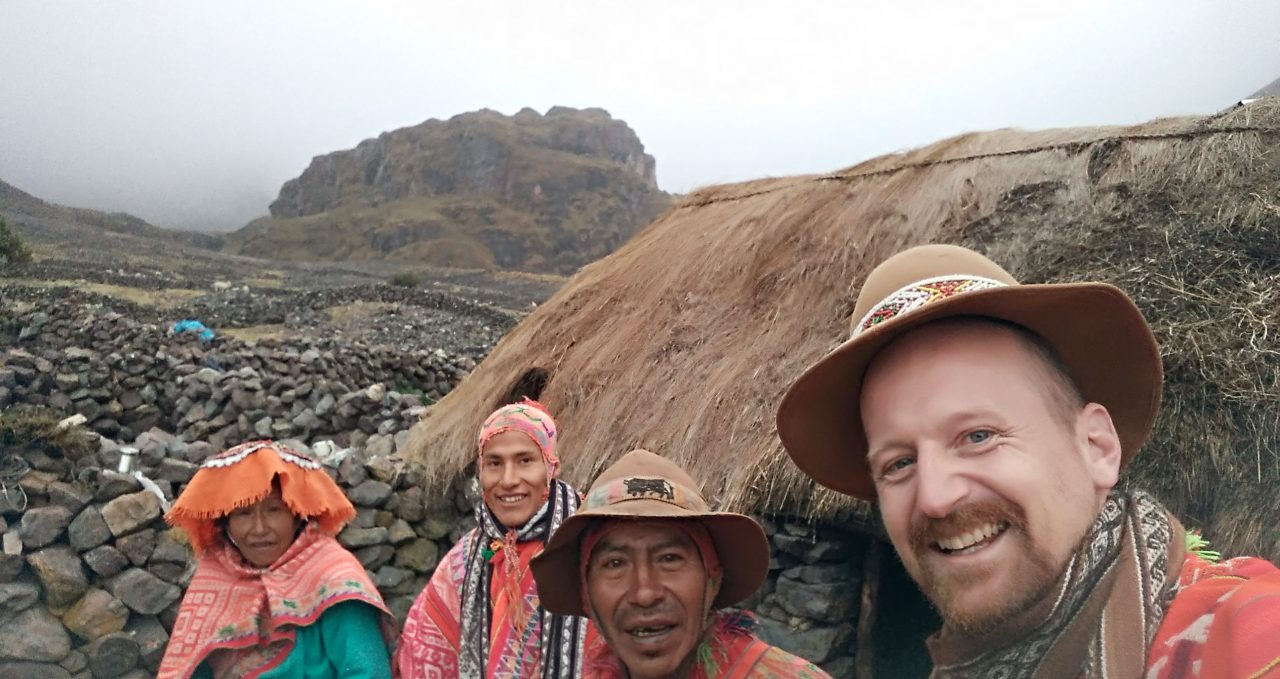
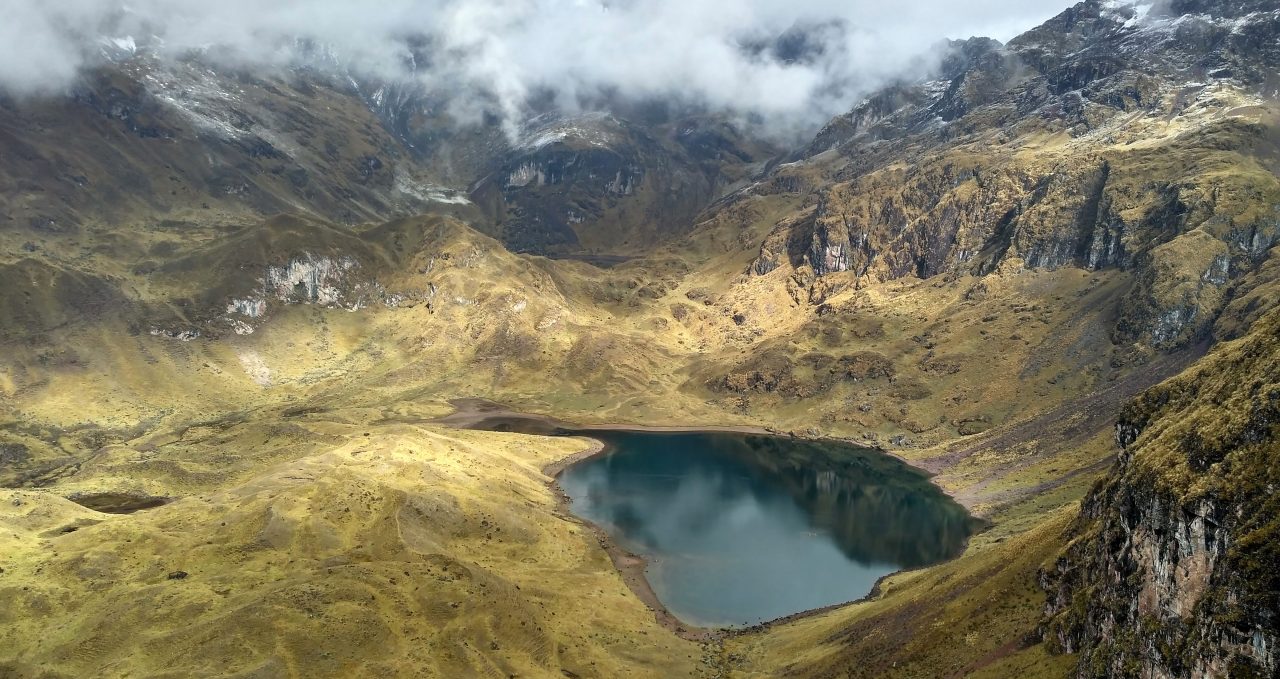
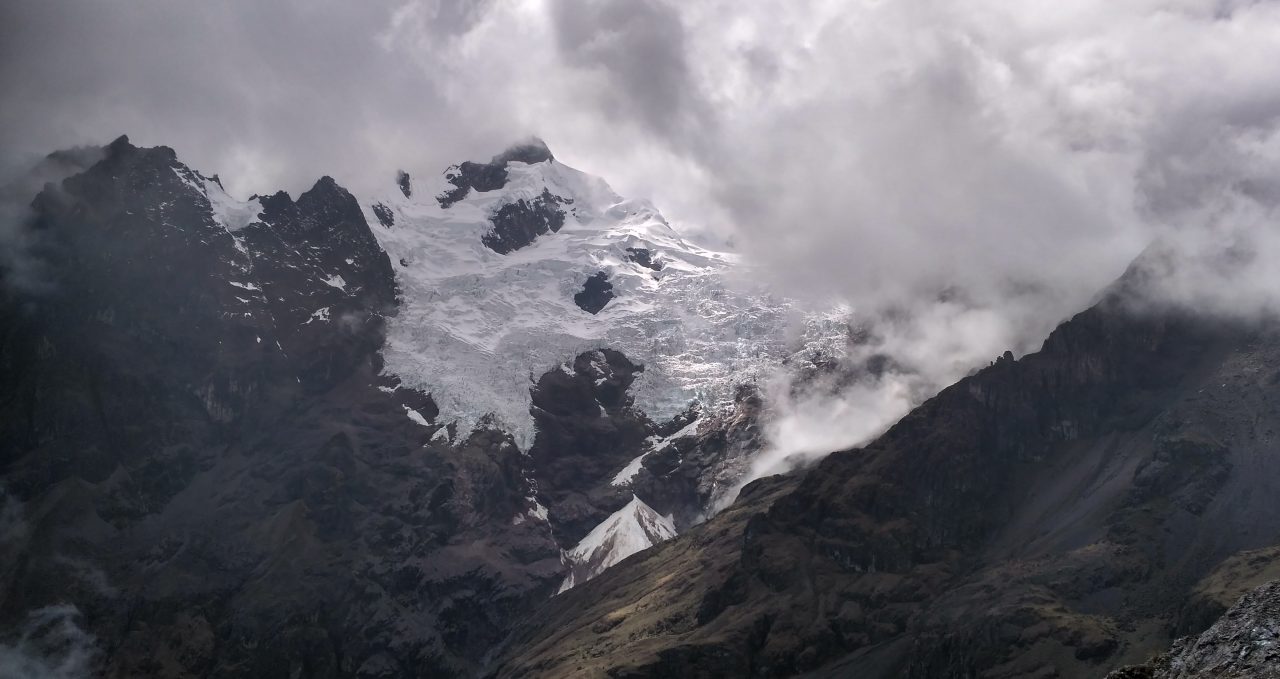
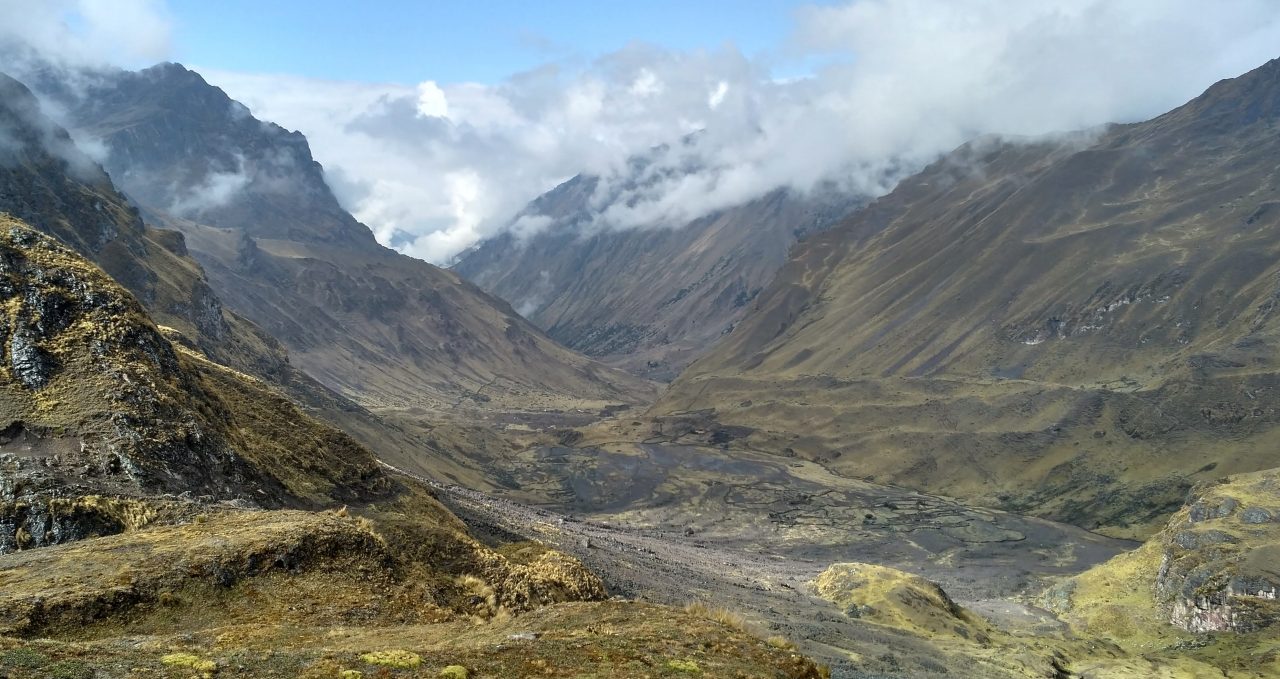
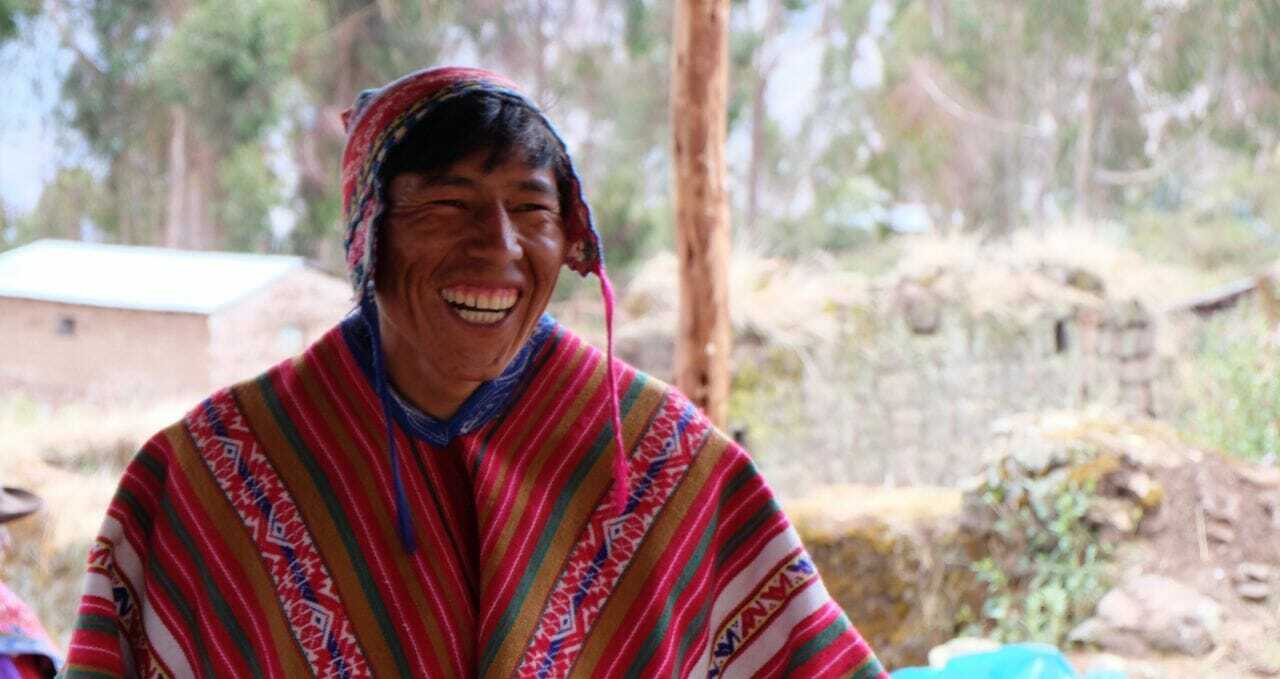
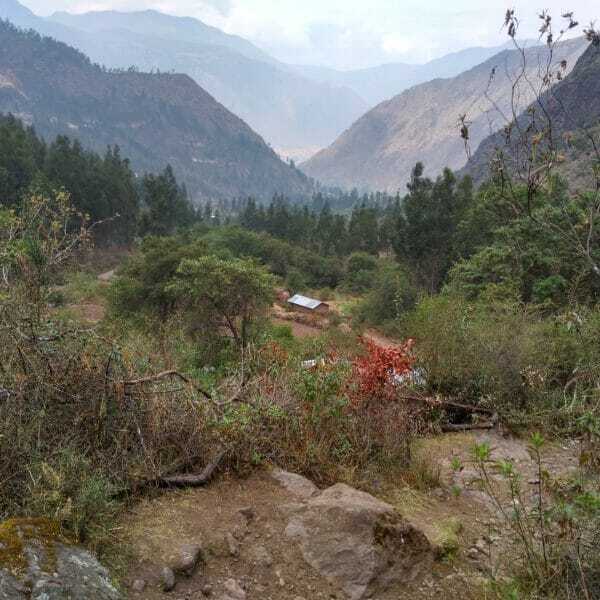
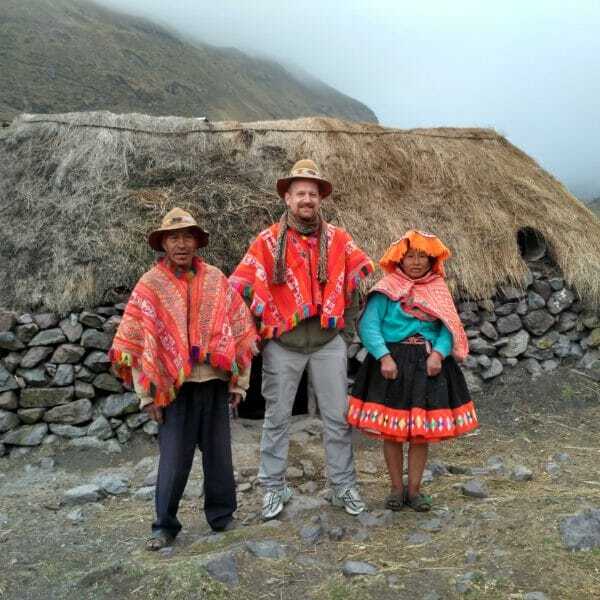
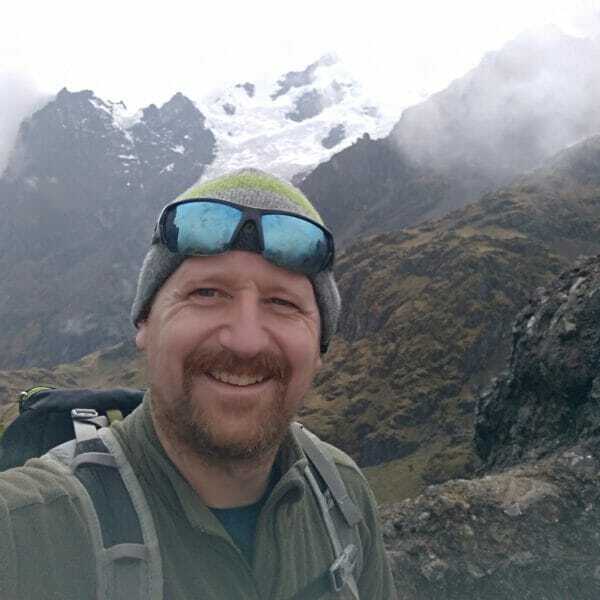
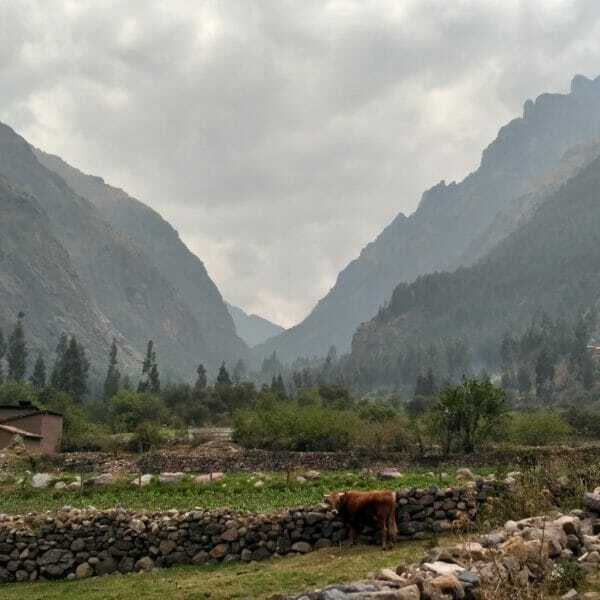
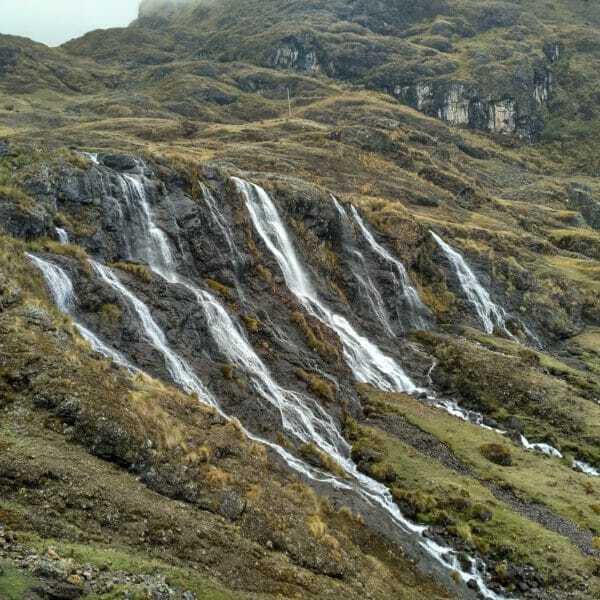
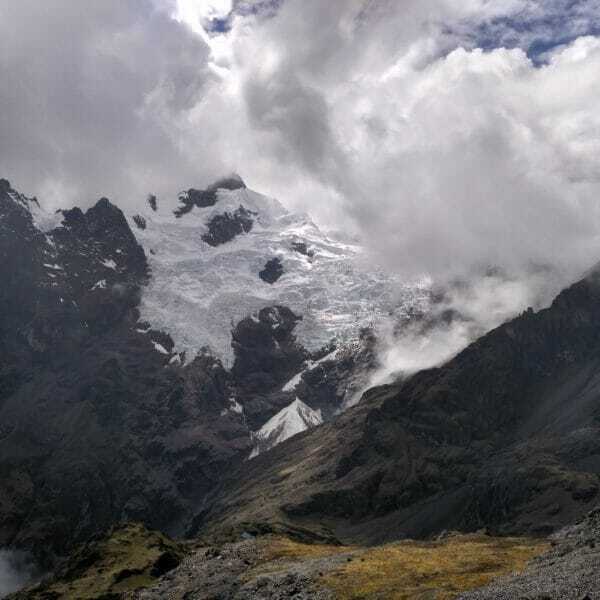
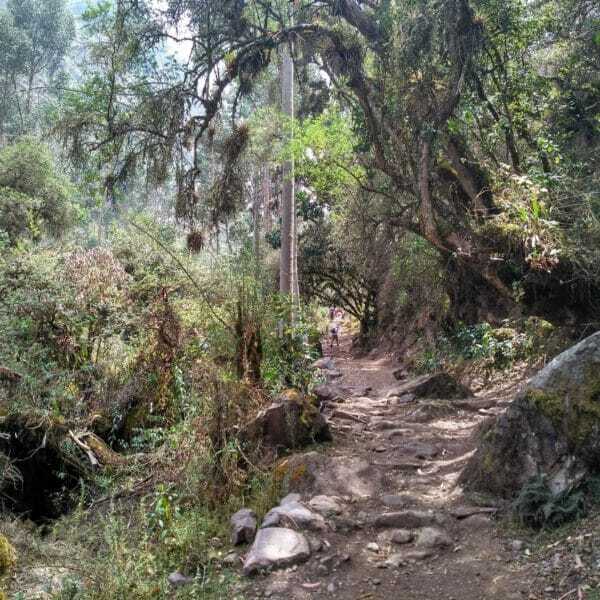
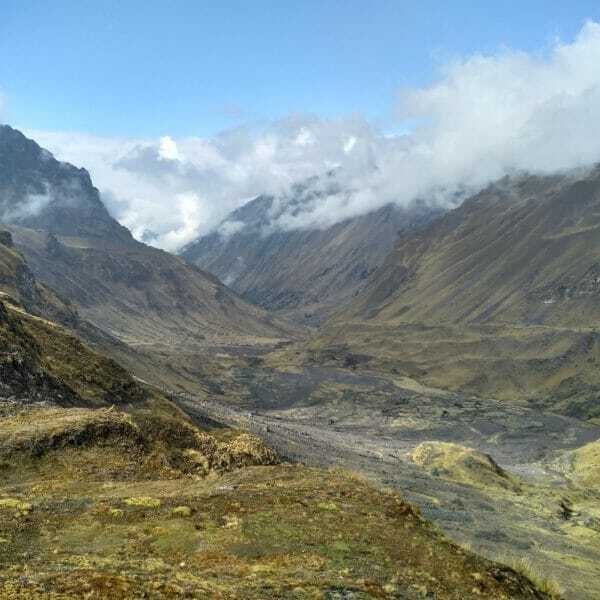
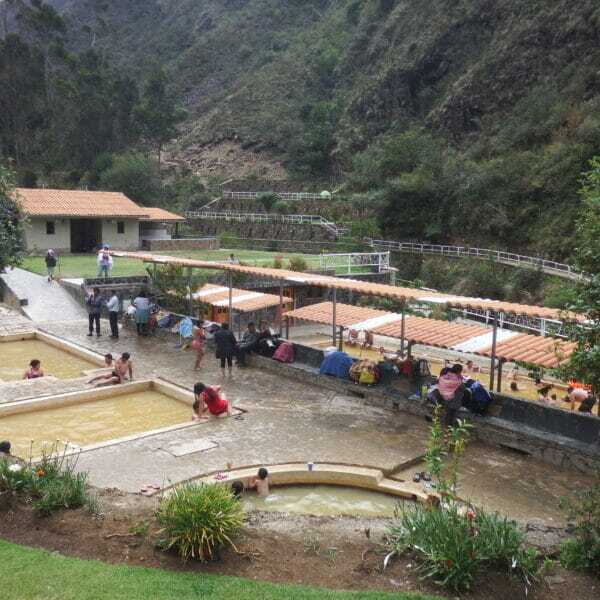
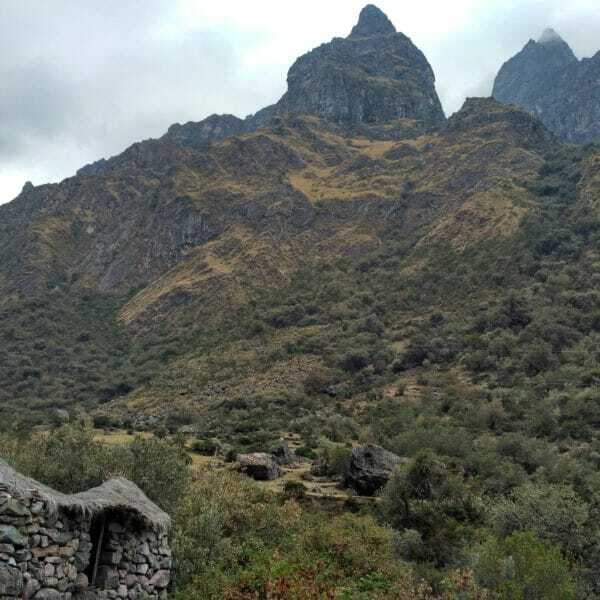
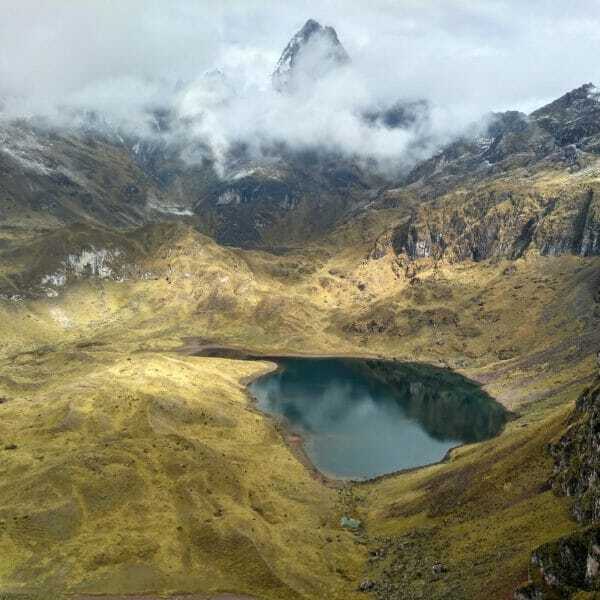
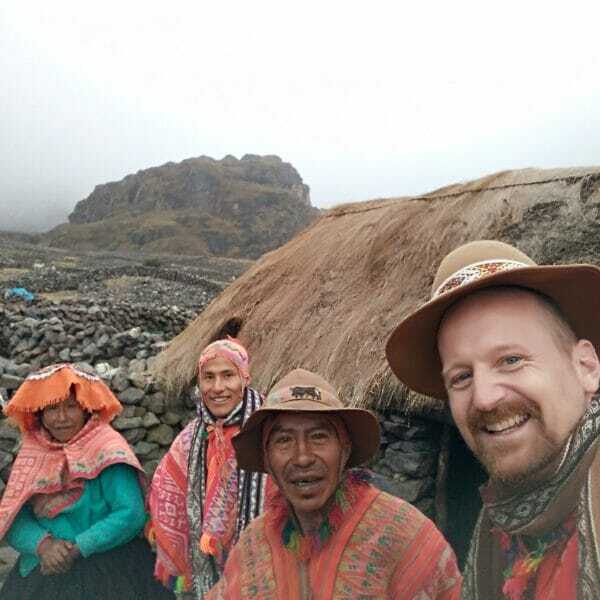
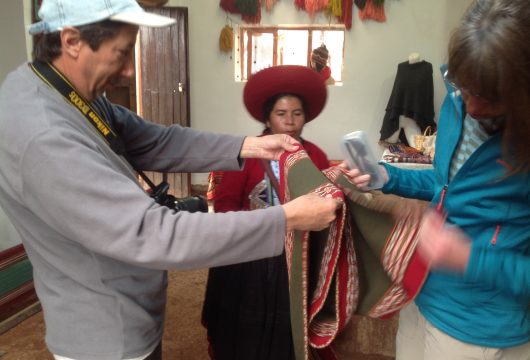
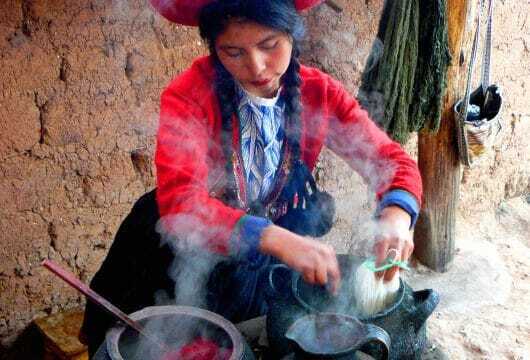
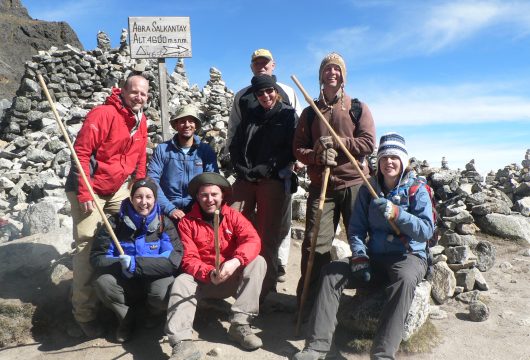
 a Tailor Made Tour
a Tailor Made Tour 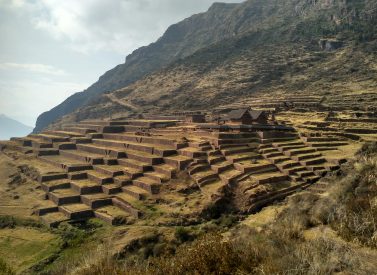
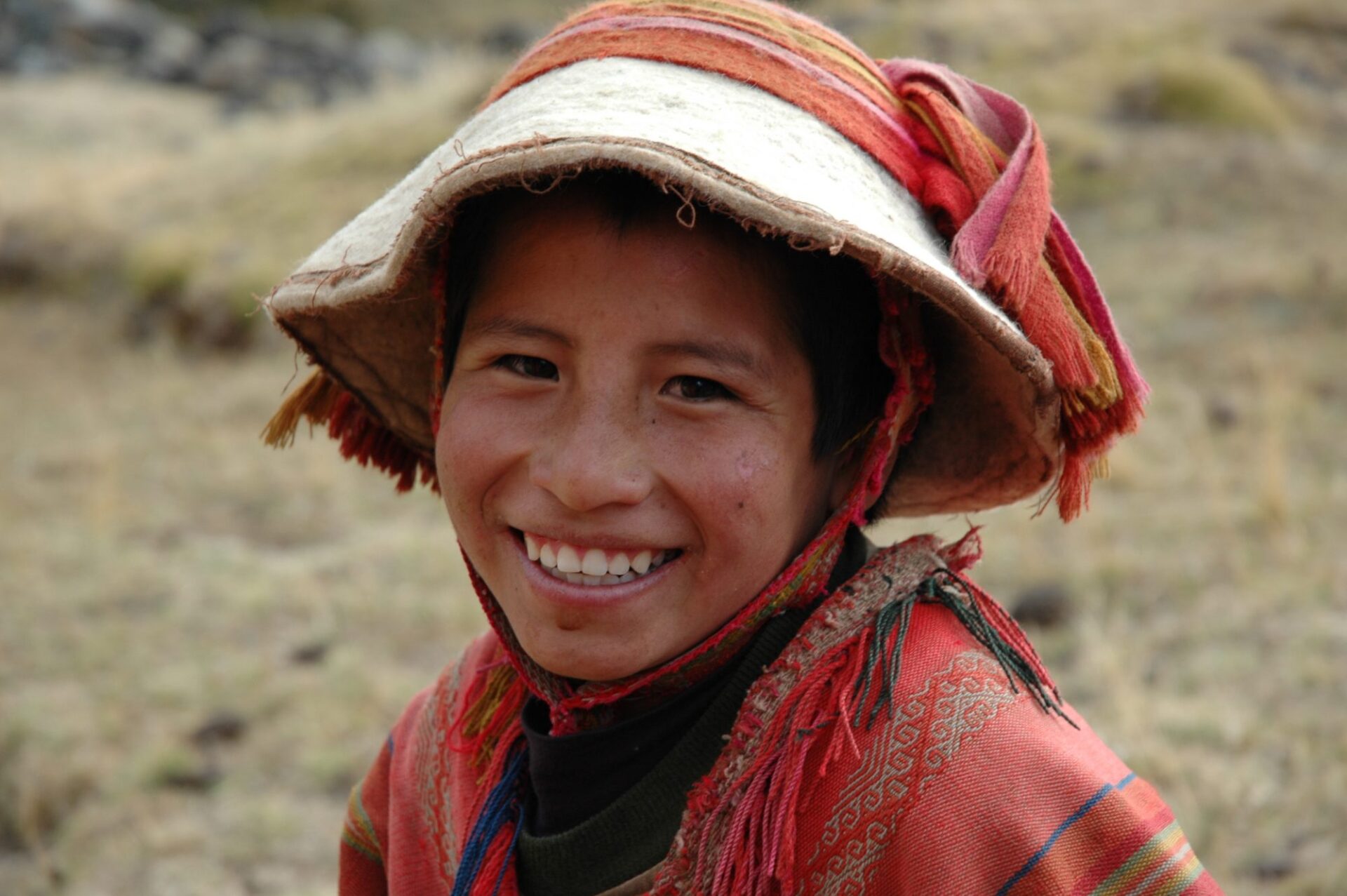
 a Group Tour
a Group Tour 